The 5 Most Majestic Alaskan Fjords
Glaciers are a common sight to any traveler on our Alaska cruises. They are hard to miss and a spectacle unto themselves. However, just as impressive are the state’s scenic fjords. If you’re wondering what they are or even how to say “fjords,” don’t worry—you’re not alone!
A fjord—say it like “fyord”—is a narrow strip of the sea surrounded by high cliffs formed over centuries by the movement of glaciers. The word itself comes from the ancient Norse language and probably evokes thoughts of Norway, where some of the world’s most famous fjords are located. But you can also see them in Chile, Greenland, and yes, Alaska.
Most of Alaska’s fjords aren’t accessible by road, which means a cruise is the best way to appreciate these awe-inspiring valleys that are sometimes deeper than the ocean surrounding them. Here are five of our favorites that every traveler should make a point to see:
Misty Fjords
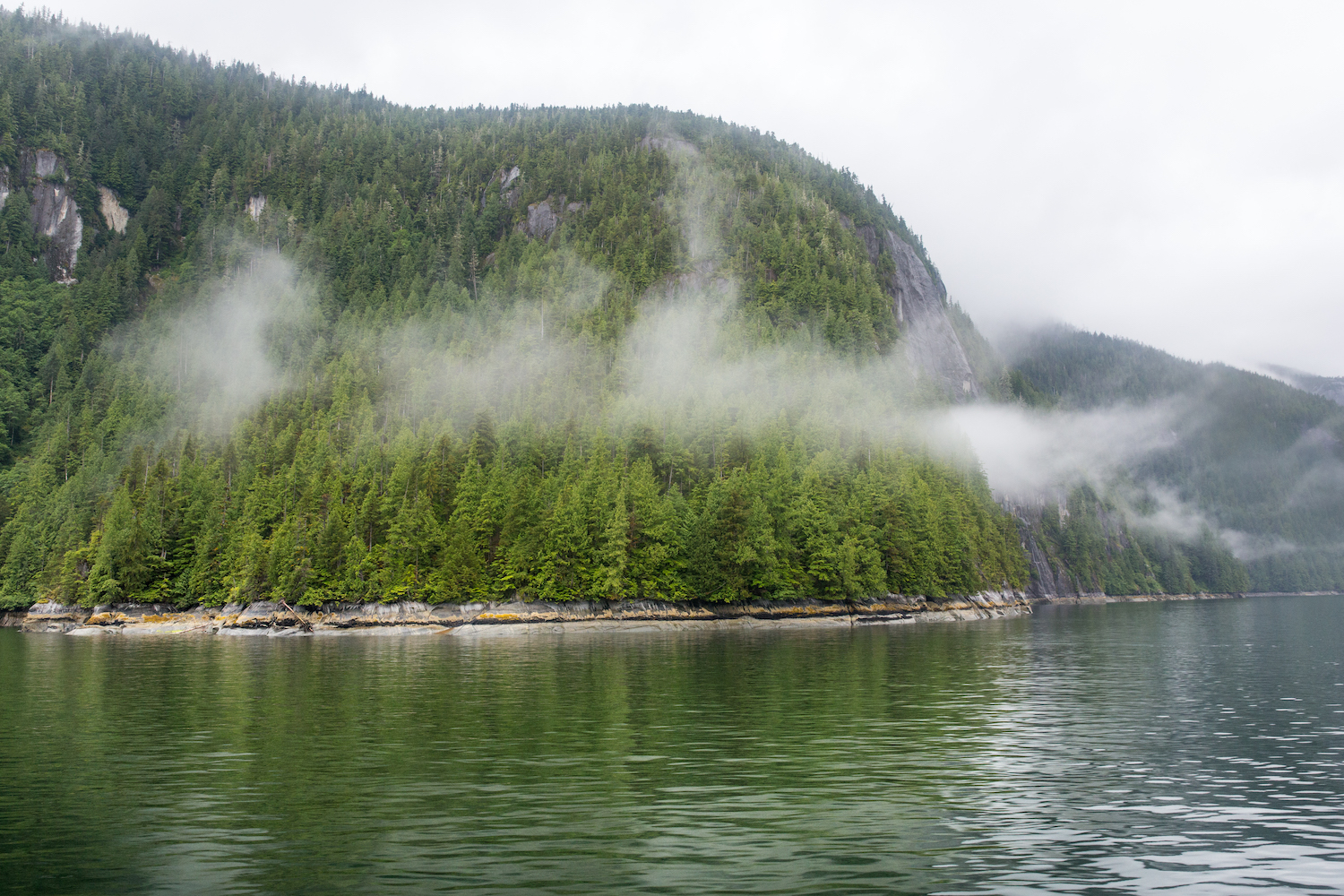
Even the build-up of fog, can’t stop travelers from seeing the steep walls and stunning views of the Misty Fjords. With sea cliffs that rise up to 3,000 feet out of the ocean, passengers get to experience plenty of waterfalls splashing over the bluffs as swollen rivers empty in the fjord. Part of the Inside Passage—a common route for our Alaska cruises—the Misty Fjords National Monument is located east of Ketchikan and is part of the Tongass National Forest. Tongass is the largest temperate rainforest in the world, and provides copious chances for sighting wildlife including brown and black bears, moose, wolves and wolverines!
Tracy Arm Fjord
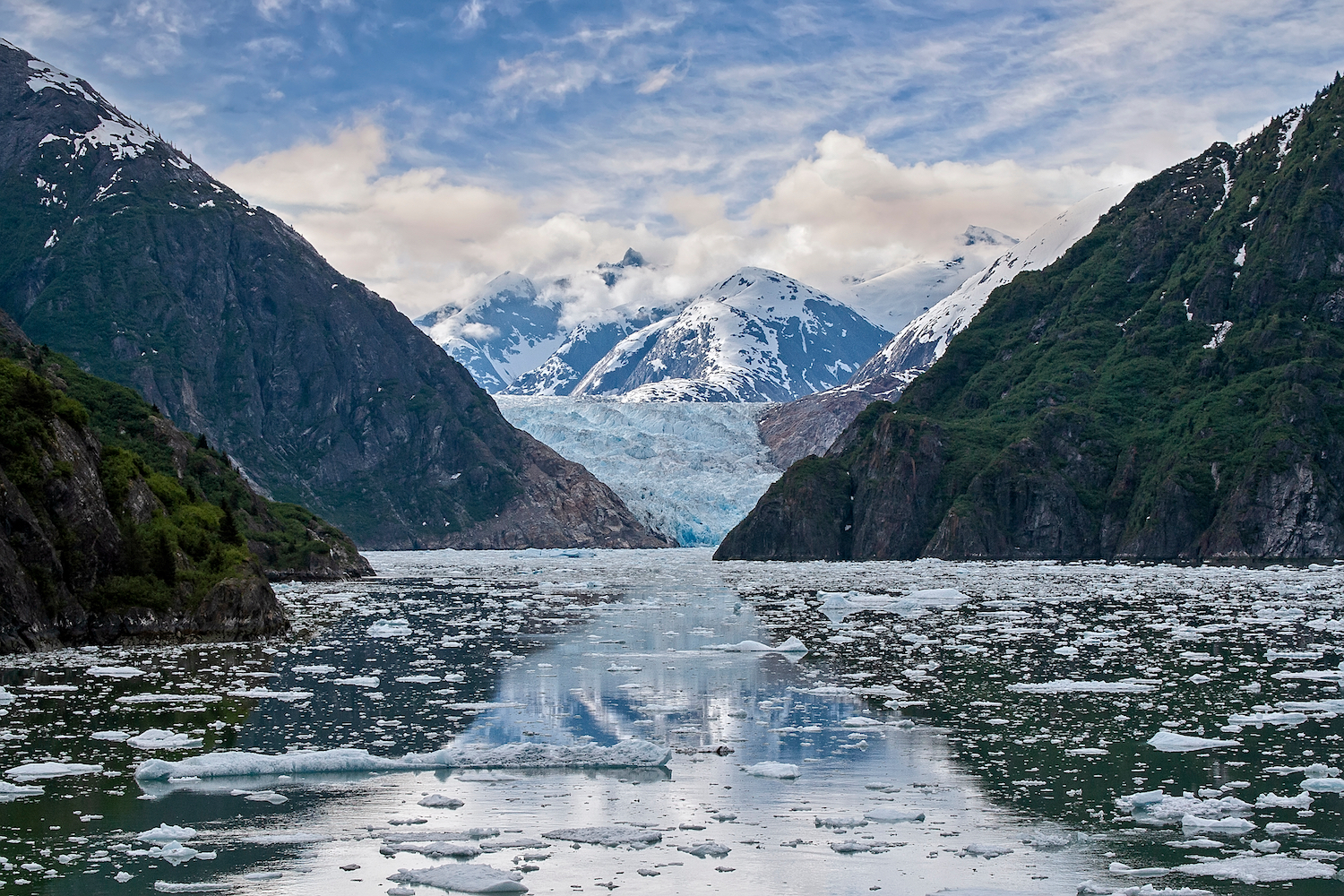
A short 45-mile trek from Juneau and you’ll find yourself in a new world entirely. A world of prodigious granite walls, powerful waterfalls, towering glaciers and mountains that highlight the beauty of God’s craftsmanship. This fjord is also home to active marine life and floating icebergs that give you something to look at in every direction.
But it isn’t until travelers reach the end of this narrow fjord that they get to witness the best it has to offer. That distinction belongs to the Sawyer Glaciers. Once about every hour, travelers lucky enough to visit watch in awe as the glaciers “calve”. Chunks of ice break off of the iceberg and come crashing into the icy waters below.
In some places, the sheer rock walls of this inlet climb nearly a mile above the water. Visitors are treated to the sight of icebergs, harbor seals and breathtaking mountain views along their journey. During your cruise up Tracy Arm, take a glance at the sky—chances are you’ll see plenty of seaplanes taking in the view above you.
Lynn Canal
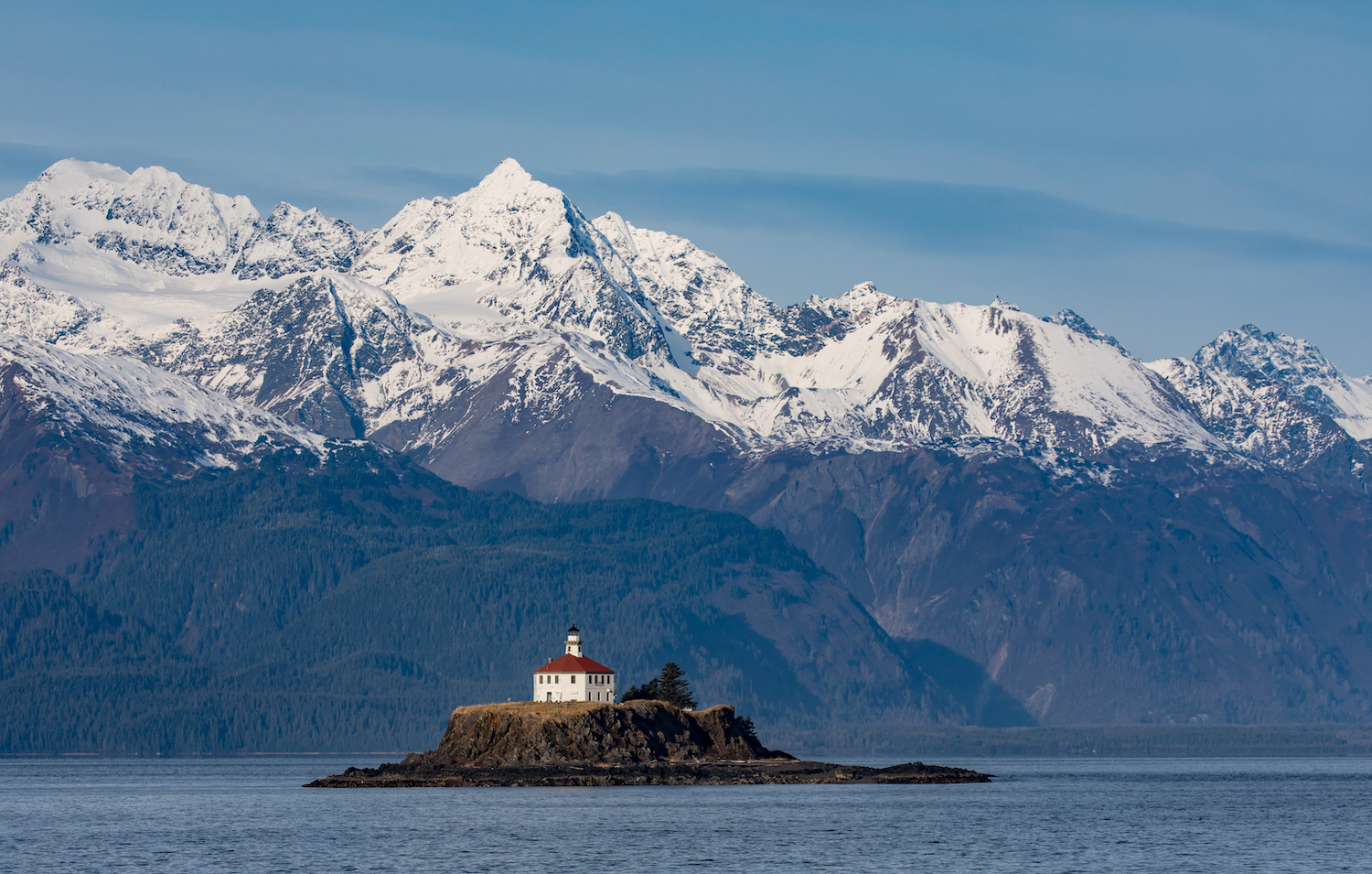
Unless you’re a deep-sea diver or have access to a submarine, you will probably never see the most impressive part of this 60-mile-long fjord––its 2,000-foot descent to the bottom. This makes it the deepest fjord in North America and one of the deepest and longest on the planet. Most of us will have to keep our viewing to above water, but rest assured there is no shortage of marine life to be seen. Orcas, salmon and porpoises can be found here year-round.
Because it connects the towns of Skagway and Haines to Juneau and the rest of the inside passage, Lynn Canal is a major shipping and cruise route. This fjord once ferried thousands of prospectors to the Klondike goldfields during the late 19th-century Gold Rush. You may not leave with gold, but you will leave with memories of the natural beauty of this waterway.
During your cruise don’t miss the several scenic lighthouses along the way, including the historic, octagonal-shaped Eldred Rock Lighthouse!
Endicott Arm
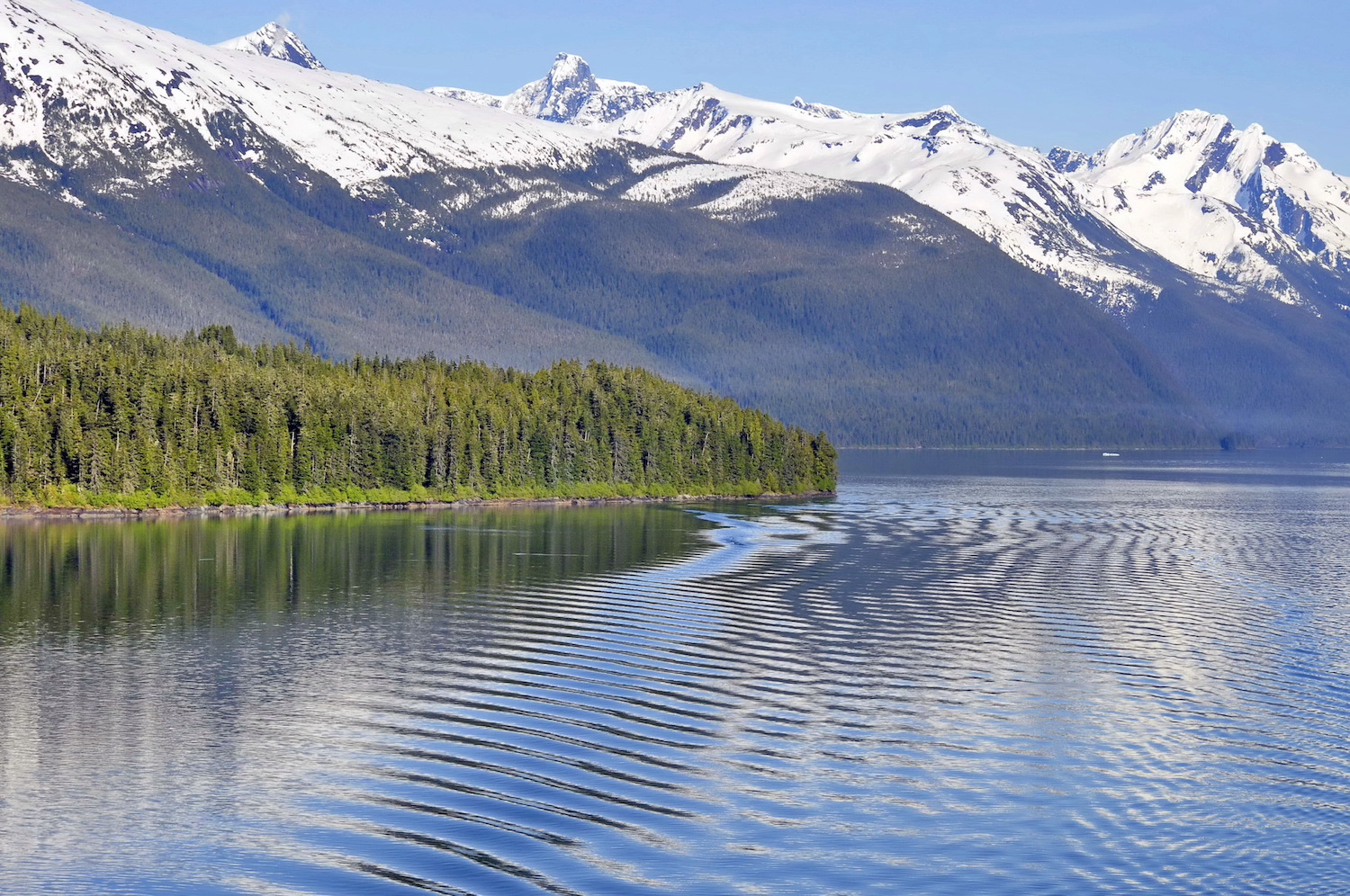
While its sibling to the north, Tracy Arm, is the better known fjord, Endicott Arm offers just as much in the way of beauty. A wonderland in its own right, this fjord is filled with granite cliffs, verdant valleys and gushing waterfalls that will leave you in awe.
Accessible from the same inlet that leads to Sawyer Glacier, Endicott Arm stretches southeast out of Stephens Passage. It’s located at the southern edge of a wilderness area called Fords Terror—a reference to a naval crewman who got trapped there during a rare tidal surge in the 1800s.
Just like Tracy Arm, Endicott Arm comes to an abrupt end—or beginning, more accurately—at an ethereal, blue tidewater glacier called Dawes Glacier. This 600-feet-tall and a mile-wide glacier is known for being extremely active, regularly calving icebergs into the water. If you need some perspective on just how big the glacier is, the smaller icebergs that it creates can be as large as a three-story house!
Kenai Fjords
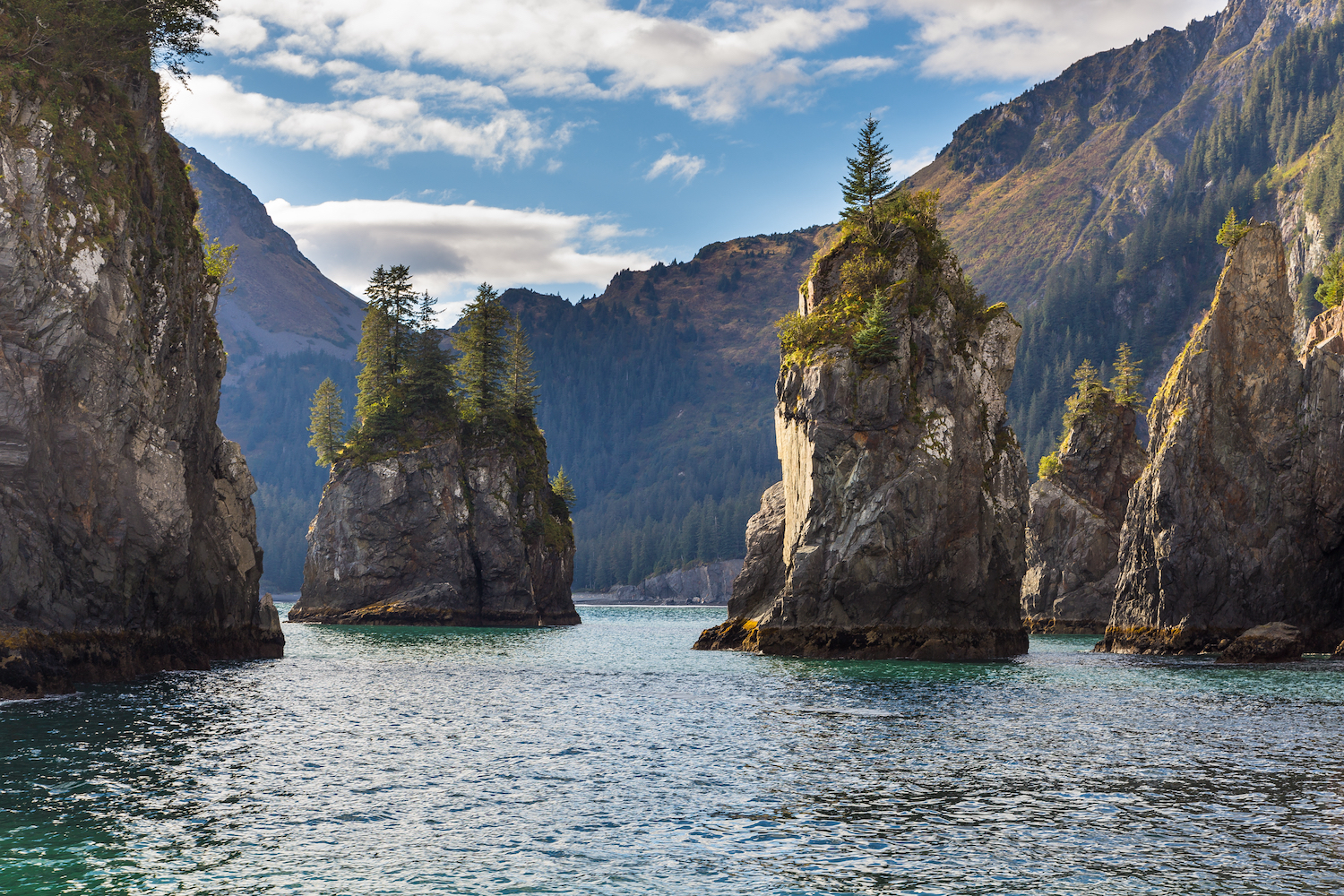
The jagged wilderness of Kenai Fjords is the ultimate example of how good things come to those who wait. This fjord is one of Alaska’s coolest natural attractions and was carved into existence by nothing more than icefields, the passage of time and God’s creative prowess. It is part of the glorious Kenai Fjords National Park, the fifth-most-visited national park in Alaska.
While wildlife sightings are common across most of Alaska’s fjords, travelers are really in for a treat when cruising here. Pods of orcas and breaching humpback whales are common sights, as are sea otters and harbor seals. From the water, passengers can often see mountain goats climbing the rugged cliffs surrounding the fjord!
Which of these fjords are you most excited to visit?





